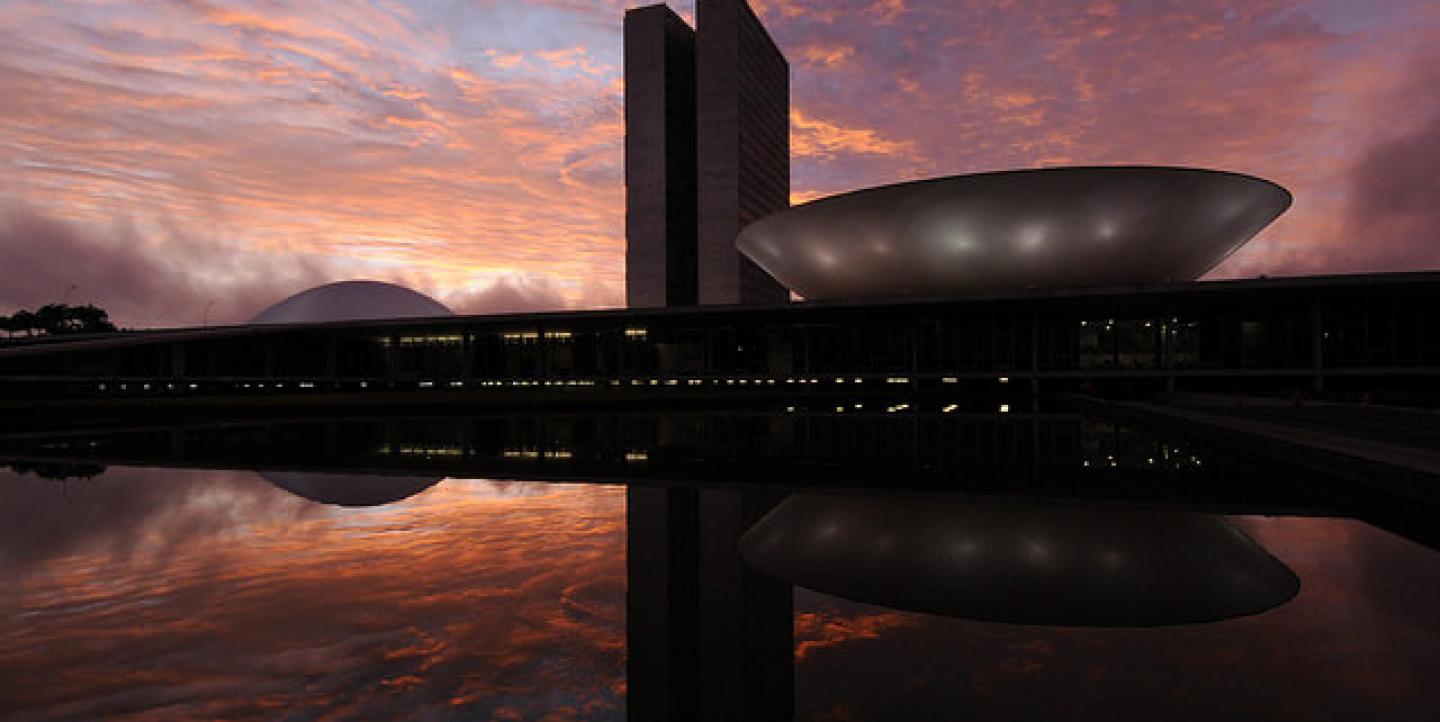In the rush to upload articles quickly, journalists and editors can forget that the accompanying visuals -- photos especially -- play a profound role in shaping the reader’s understanding of and response to news. With the sheer volume of stories published daily by a single outlet, the need for images is acute.
All too often, harried editors select a generic image from a photo stock site, but there’s another resource too: Flickr’s Commons. Flickr is a global photo management and sharing website, and its Commons is a valuable yet overlooked tool for editors and journalists who can also use the site’s library of images to conduct research and even inspire story ideas.
One of the Flickr employees who works on The Commons is Leticia Roncero. Roncero was trained as a journalist in Spain, a background that prepared her well for her current position as a bilingual content creator for the Flickr Blog (in English and Spanish) and a member of Flickr’s Community team. Roncero has hands-on involvement in a number of projects designed to expand the site’s engagement and utility, including The Commons.
We spoke with Roncero about The Commons to find out more about what it contains and how it can be used for research and reporting.
IJNet: Tell us about The Commons. When did it begin? What is its purpose? How are institutions identified for potential inclusion?
Roncero: The project began with a pilot initiated between Flickr and the U.S. Library of Congress in 2007 (this blog post has more information). There are several people involved in The Commons. We have an international team of community managers that can help us bring more diversity to this digital library.
The goal of The Commons is to make the world's public photography archives freely available to everyone and to provide a way for the general public to contribute information and knowledge back to the institutions that participate.
We have over a hundred participant institutions from many different countries. The exact number is 105 as of now, but we are adding new collections every month. The Sinaloa [a state of Mexico] Archivo is the first to join from a Spanish-speaking country.
These cultural heritage institutions register voluntarily through our form and we then approve those that meet our requirements. For example, there must be no known copyright restrictions on the content they publish and they need to have a dedicated account for their collection. We are planning to start reaching [out to] new institutions more actively.
IJNet: Some of the institutions are probably not well-known to an American (U.S.) audience. The Sinaloan archive is a great example. Is Flickr very intentionally trying to draw more diverse resources into The Commons, and if so, is there something you could share about your general strategy?
Roncero: We’re excited to welcome institutions big and small, from the massive Internet Archive Book Project with more than 3.3 million images (on their way to uploading 14+ million) to the all-volunteer Cloyne and District Historical Society in Canada with fewer than 400 images. We’re very excited about the Sinaloa Archivo as well, not only because it expands the photos from Spanish-speaking countries, but because they have an extensive collection they plan to digitize and share.
As long as the collection has a public interest and the works are uploaded without copyright, they are welcome in The Commons. One of our goals this year is to actively identify new institutions from different countries and reach them in their native languages. We would love to see The Commons expand to reach so many more people.
IJNet: How can journalists use The Commons for both research and reporting?
Roncero: The Flickr Commons is an enormous digital library and, on top of that, it’s free, international and open to anyone for any purpose, so it is a great resource for journalists who want to document and expand their research. They can find photos of historical events and day-to-day life in different parts of the world and discover many interesting facts thanks to the comments of some Flickr users.
IJNet: Are you aware of journalists who are already using the Commons in this way? Could you share some examples?
Roncero: I regularly see news outlets big and small using Flickr images with a Creative Commons license such as WIRED, The Telegraph and The Guardian. We’d be very happy to cover journalists and share their story with other professionals who may be interested. We’d love to hear from them!
Journalists who cover Latin America and Latino/a communities in the U.S. may be interested, in addition to the Sinaloa Archivo, in the collections of the federal Senate of Brazil, California Historical Society and Texas State Archives.

